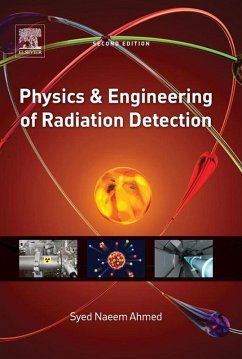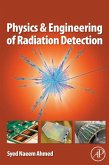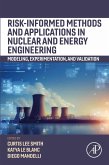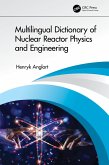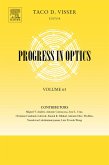Physics and Engineering of Radiation Detection presents an overview of the physics of radiation detection and its applications. It covers the origins and properties of different kinds of ionizing radiation, their detection and measurement, and the procedures used to protect people and the environment from their potentially harmful effects.
The second edition is fully revised and provides the latest developments in detector technology and analyses software. Also, more material related to measurements in particle physics and a complete solutions manual have been added.
The second edition is fully revised and provides the latest developments in detector technology and analyses software. Also, more material related to measurements in particle physics and a complete solutions manual have been added.
- Discusses the experimental techniques and instrumentation used in different detection systems in a very practical way without sacrificing the physics content
- Provides useful formulae and explains methodologies to solve problems related to radiation measurements
- Contains many worked-out examples and end-of-chapter problems
- Detailed discussions on different detection media, such as gases, liquids, liquefied gases, semiconductors, and scintillators
- Chapters on statistics, data analysis techniques, software for data analysis, and data acquisition systems
Dieser Download kann aus rechtlichen Gründen nur mit Rechnungsadresse in A, B, BG, CY, CZ, D, DK, EW, E, FIN, F, GR, HR, H, IRL, I, LT, L, LR, M, NL, PL, P, R, S, SLO, SK ausgeliefert werden.
"Ahmed's book offers the most thorough treatment of the field that this reviewer has encountered so far. After the principles of physics are introduced in the first chapters, all detector technologies relevant for physics, nuclear engineering, and health physics are treated in detail. The author's extensive experience with large- and small-scale detector experiments is apparent. Adding to the book's thoroughness are chapters on radiaion dosimetry and protection as well as one on data acquisition systems, which includes all modern standards used in the field. Worked examples are interspersed liberally throughout and, together with the chapter problems, make this a good teaching resource. Extensive bibliographics at chapter ends will satisfy researcher who need to delve deeper into certain subjects. Clearly written and starting at a level accessible also to undergraduates, this book is for all reader levels in physics and engineering." SUMMING UP: Recommended. Lower-division undergraduates through professionals; two-year technical program students." --U. Greife, Colorado School of Mines, CHOICE, OCtober 2007

